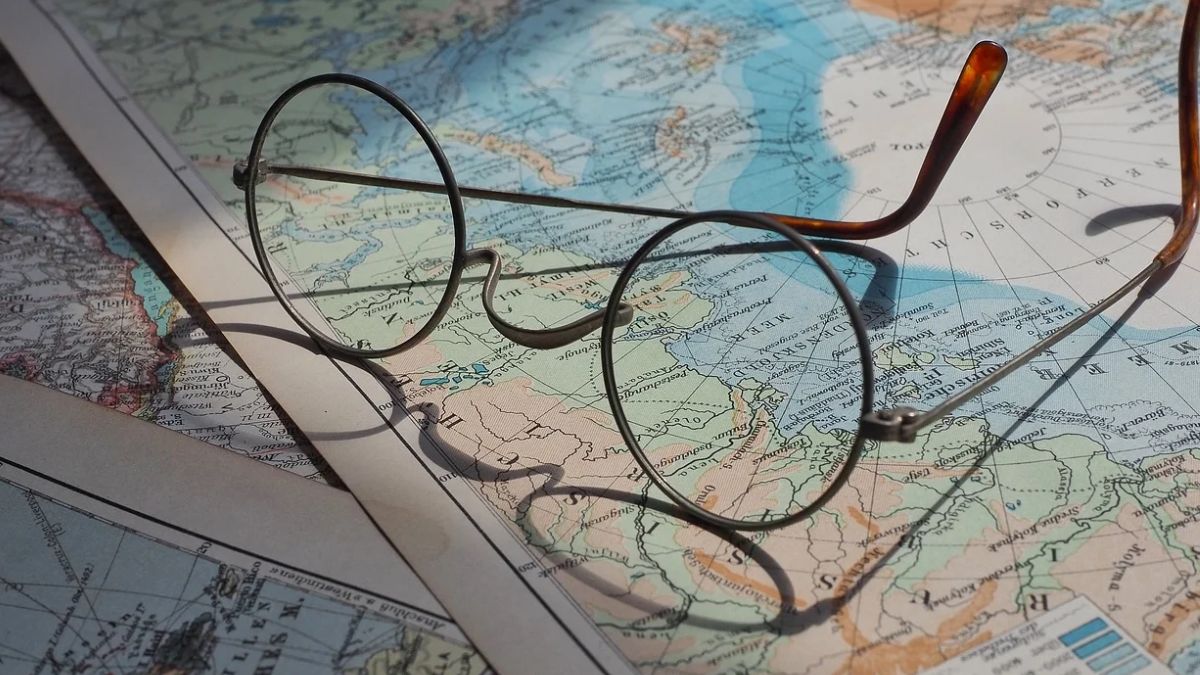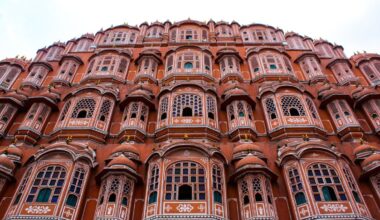The world is a vast and varied tapestry of landscapes, and within its borders lie countries of different sizes and dimensions. In this exploration, we embark on a journey to unveil the top 10 largest countries in the world, each boasting expansive territories that contribute to the rich diversity of our global geography.
Russia – A Giant on Two Continents
Russia holds the title of the largest country in the world by land area, spanning both Europe and Asia. Covering approximately 17.1 million square kilometers, Russia’s vast expanse is home to diverse climates, landscapes, and cultures. From the Arctic tundra in the north to the Eurasian steppe and the Siberian taiga, Russia’s geographical diversity is as immense as its territory.
Canada – Northern Wilderness Unleashed
Claiming the second spot on the list, Canada is a colossal country covering around 9.98 million square kilometers. Its expansive wilderness includes vast forests, majestic mountain ranges, and a myriad of lakes. Canada’s size plays a role in its climatic diversity, ranging from the icy Arctic in the north to temperate rainforests on the west coast.
United States – From Sea to Shining Sea
The United States, with a land area of about 9.63 million square kilometers, ranks as the third-largest country globally. This diverse nation encompasses everything from the sandy beaches of Florida to the towering peaks of the Rocky Mountains. The United States showcases a blend of natural wonders and bustling urban landscapes across its vast territory.

China – A Tapestry of Cultures and Landscapes
China, the world’s most populous country, also ranks among the largest by land area, covering approximately 9.6 million square kilometers. Its expansive borders stretch from the vast Gobi Desert in the north to the tropical landscapes of the south. China’s geographical diversity mirrors its rich cultural tapestry, with landscapes that have inspired poets and philosophers for centuries.
Brazil – Amazonian Majesty
Brazil, the largest country in South America and the fifth-largest globally, boasts an expansive land area of about 8.51 million square kilometers. The Amazon Rainforest, a biodiversity hotspot, contributes significantly to Brazil’s vast territory. From the bustling cities of Rio de Janeiro and São Paulo to the remote reaches of the Amazon basin, Brazil’s size encapsulates a diverse range of ecosystems and cultures.
Australia – A Continent Down Under
Often referred to as the “island continent,” Australia stands as the world’s sixth-largest country, covering approximately 7.69 million square kilometers. The vast majority of its landmass is characterized by arid landscapes, but it also encompasses lush coastal regions and the iconic Outback. Australia’s unique flora and fauna thrive in this expansive and diverse environment.
India – A Subcontinental Mosaic
India, with its rich history and diverse landscapes, is the seventh-largest country globally, covering around 3.29 million square kilometers. From the snow-capped peaks of the Himalayas to the sun-drenched beaches of Goa, India’s geographical diversity is a testament to its cultural and natural richness.

Argentina – Land of the Gauchos
Argentina, the second-largest country in South America and the eighth-largest in the world, spans approximately 2.78 million square kilometers. This South American giant boasts the vast and fertile plains of the Pampas, the dramatic landscapes of Patagonia, and the vibrant city life of Buenos Aires. Argentina’s size contributes to its prominence in both agriculture and tourism.
Kazakhstan – The Heart of Central Asia
Nestled in the heart of Central Asia, Kazakhstan is the ninth-largest country globally, covering around 2.72 million square kilometers. Its expansive steppes, deserts, and mountain ranges contribute to its diverse geography. Kazakhstan’s strategic location at the crossroads of Europe and Asia has shaped its history and cultural identity.
Algeria – North African Grandeur
Completing the list as the tenth-largest country in the world, Algeria covers approximately 2.38 million square kilometers. Situated in North Africa, Algeria’s landscape includes the vast Sahara Desert, the rugged Atlas Mountains, and a Mediterranean coastline. Its size and geographical features make Algeria a country of varied climates and ecosystems.
As we traverse the expansive territories of the world’s largest countries, we encounter a mosaic of landscapes, cultures, and histories. From the Arctic reaches of Russia to the deserts of Algeria, each of these nations contributes to the global diversity that defines our planet. The sheer scale of these countries not only shapes their unique identities but also plays a crucial role in influencing regional and global dynamics.










